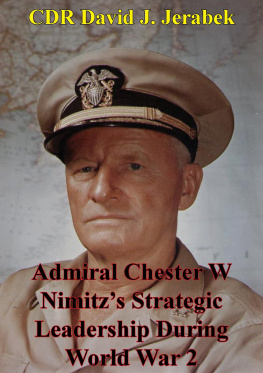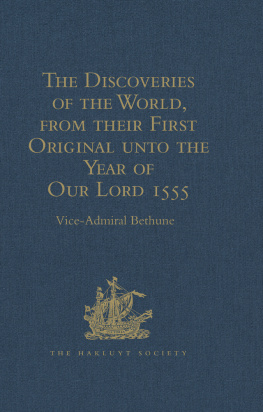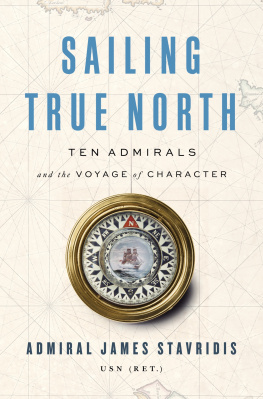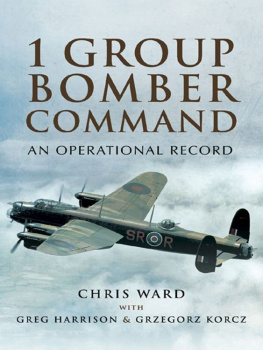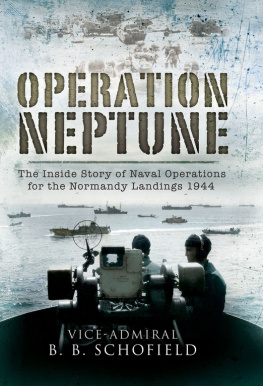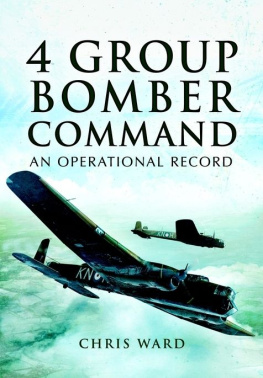
This edition is published by PICKLE PARTNERS PUBLISHINGwww.picklepartnerspublishing.com
To join our mailing list for new titles or for issues with our books picklepublishing@gmail.com
Or on Facebook
Text originally published in 2012 under the same title.
Pickle Partners Publishing 2014, all rights reserved. No part of this publication may be reproduced, stored in a retrieval system or transmitted by any means, electrical, mechanical or otherwise without the written permission of the copyright holder.
Publishers Note
Although in most cases we have retained the Authors original spelling and grammar to authentically reproduce the work of the Author and the original intent of such material, some additional notes and clarifications have been added for the modern readers benefit.
We have also made every effort to include all maps and illustrations of the original edition the limitations of formatting do not allow of including larger maps, we will upload as many of these maps as possible.
URGENT FURY: THE OPERATIONAL LEADERSHIP OF VICE ADMIRAL JOSEPH P. METCALF, III
by
Samuel D. Ward Special Agent, U.S. Department of State
TABLE OF CONTENTS
Contents
TABLE OF CONTENTS
REQUEST FROM THE PUBLISHER
ABSTRACT
Vice Admiral Joseph P. Metcalf, III commanded the largest American joint military operation since the Vietnam War on the small Caribbean island of Grenada in 1983. This paper focuses on Metcalfs operational leadership during Operation URGENT FURY. It begins by providing the readers an introduction to Metcalfs life, his education and career, and the circumstances that led to Metcalf being named as the operational commander of Combined Joint Task Force 120. Examples follow from the planning and execution stages of the Grenada invasion illustrating Metcalfs possession of the three theoretical requirements of successful operational leadership: certain personality traits (including wisdom, good judgment, and emotional balance), a present yet unobtrusive command style, and significant professional knowledge allowing for critical decision making. Discussion topics include Metcalfs thirty-nine hours to prepare for the invasion, the decisions to bomb Fort Frederick and conduct a Marine amphibious assault at Grand Mal, Metcalfs relationship with General Schwarzkopf, and the now-infamous media policy. The paper concludes with lessons learned drawn from Metcalfs operational leadership performance for current and future leaders including the Vice Admirals favorite: When you are in command, COMMAND!
INTRODUCTION
Six months prior to being sworn in as the seventeenth Chairman of the Joint Chiefs of Staff, Chief of Naval Operations Admiral Mike Mullen stood in the U.S. Naval Academy Chapel on March 8, 2007 and delivered a stirring eulogy praising the life of Vice Admiral Joseph P. Metcalf, III. Mullen said in conclusion, To the Sailors of this great Navy, the ones out there on watch right now, I say this: Remember Joe Metcalf. Learn of his life and of his service, for he helped build the Navy you now put to sea. He made you ready for combat so that you might never know its [sic] ugly sting. He fought the good fight. {1} Surprisingly, very little is written to date about Vice Admiral Joseph P. Metcalf, III, despite his having operational command of units from all four branches of the military during Americas largest armed conflict after the Vietnam War. This paper will remember Joe Metcalf by focusing on Metcalfs operational leadership during the 1983 Grenada invasion. It begins by providing the readers an introduction to Metcalfs life, his education and career, and the circumstances that led to Metcalf being named as the operational commander of the Grenada conflict. Examples will follow from the planning and execution stages of the Grenada invasion illustrating Metcalfs possession of the three theoretical requirements of successful operational leadership: certain personality traits (including wisdom, good judgment, and emotional balance), a present yet unobtrusive command style, and significant professional knowledge allowing for critical decision making. The paper will conclude with lessons learned drawn from Metcalfs performance for current and future operational leaders from all sectors of public service, be it Navy, the Department of Defense, or from other government agencies.
HISTORICAL BACKGROUND
Joseph P. Metcalf, III was born in Holyoke, MA in 1927. After enlisting in the Navy in 1946, he was quickly admitted to the Naval Academy and graduated in 1951 as a Surface Warfare Officer. His career at sea began with service aboard the destroyer USS Watts and on the staff of the Cruiser Division Six Commander before taking command himself of the landing ship USS King County . Metcalf commanded the USS Westchester County during the first amphibious landing of the Vietnam War in 1966 and was in charge of evacuating all surface ships during the final withdrawal from Saigon in 1975. {2} Metcalf s other command tours at sea included the destroyer USS Bradley , Destroyer Squadron 33, the Naval Surface Group in the Middle Pacific, and Cruiser-Destroyer Group Eight. {3} He also completed a number of tours ashore and by the summer of 1983, Metcalf held the three-star rank of Vice Admiral, commanded U.S. Second Fleet in the western Atlantic Ocean, and was only three months away from commanding the largest American joint military operation since the Vietnam War on the small Caribbean island of Grenada.
Grenada gained independence from the United Kingdom in 1974 and experienced two coup dtats in its first nine years of freedom. The first was bloodless in 1979, when a Marxist group headed by Maurice Bishop ousted the democratically-elected government. Bishop spent the next four years as Prime Minister strengthening Grenadas ties to Cuba and the Soviet Union. Particularly worrisome to the Reagan Administration was the construction of a new nine thousand-foot runway at Point Salines on the eastern coast that could be used to extend the operating range of these Cuban fighter-bombers [MiG 23 s] across the Caribbean. {4} The second coup occurred on October 12, 1983 when the Commander-in-Chief of the Grenada Armed Forces placed Bishop under house arrest, dissolved the government, installed a Revolutionary Military Council, and instituted a four day, twenty-four hour curfew for anyone on the island, including 600 American medical school students enrolled at St. Georges University. Bishop and several other government leaders were executed within the week.
The Joint Chiefs of Staff (JCS) issued an October 19 warning order instructing Admiral Wesley McDonald, Command-in-Chief of U.S. Atlantic Fleet (CINCLANT), to prepare for a non-combatant evacuation operation of the American medical students. Concern for the welfare of the students continued to rise as Vice President George H. W. Bush chaired a principals meeting in Washington, DC on October 20 and by the next day, CINCLANT was planning for a full-scale military operation on Grenada. However, not all necessary personnel were included in the initial planning stages because JCS required maximum operational security in order to maintain the element of surprise. {5} President Ronald Reagan approved the use of military force on October 22 with orders to protect U.S. citizens on Grenada, disarm hostile forces, and restore a democratic government. JCS subsequently issued the execute order and later that evening, CINCLANT proposed that Vice Admiral [VADM] Metcalf, as Commander of the Second Fleet, command the invasion force. On D-Day, VADM Metcalf would command four task forces [121: Army; 123: Special Operations; 124: Navy and Marines; 126: Air Force] known collectively as Combined Joint Task Force (CJTF) 120 and the Army commander [would be placed] under VADM Metcalfs command. {6} To advise on all ground operations, JCS later ordered the 24th Mechanized Infantry Divisions Major General (MG) H. Norman Schwarzkopf to immediately report to Metcalf in Norfolk, Virginia. Metcalf was informed of his new command of CJTF 120 on October 23 at 4:00 p.m., and for the rest of his life would refer to this lead up to the execution of Operation URGENT FURY as the thirty-nine hours . {7}






